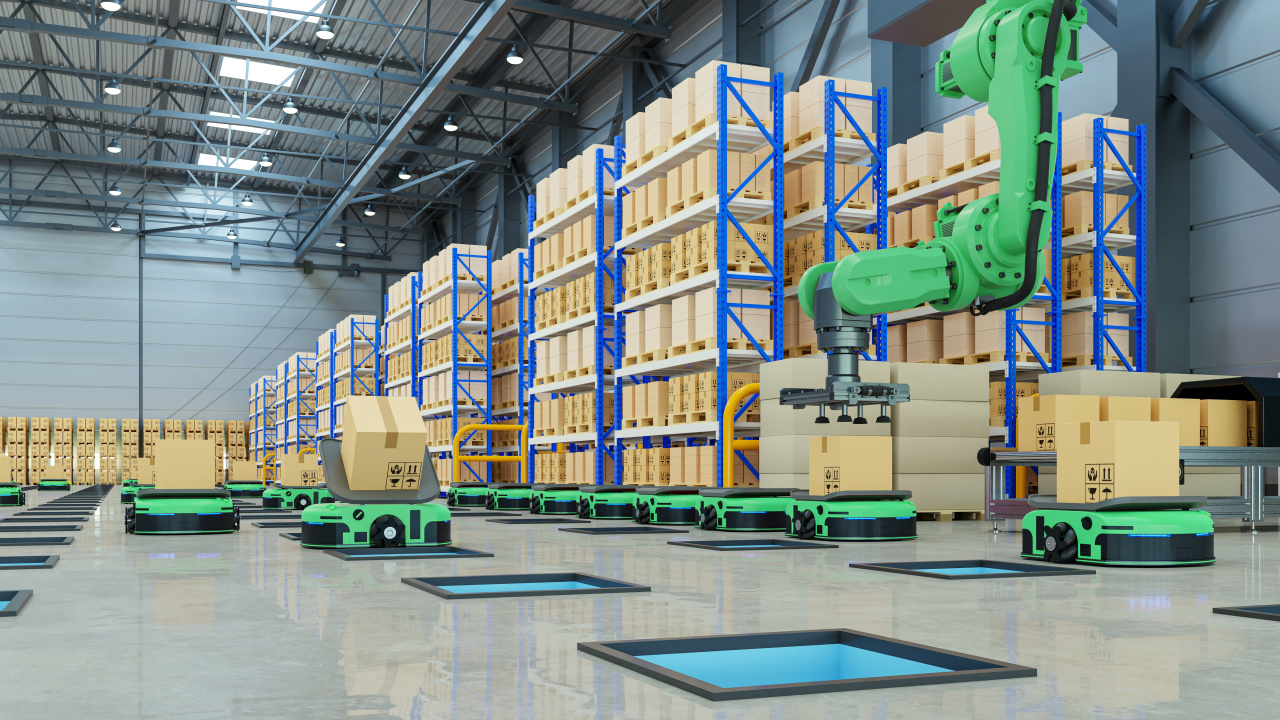In the dynamic landscape of manufacturing finance, the idea of Pay-per-Use Equipment Finance is emerging as an innovative force that is changing traditional models and bringing unprecedented flexibility to businesses. Linxfour is at the cutting edge of this transformation, makes use of Industrial IoT to bring a new type of financing that benefits both the equipment owners and manufacturers. We look at the complexities of Pay Per Use financing and the impact it has on sales under difficult conditions.
The Power of Pay-per-Use Financing
At its core Pay per use financing for equipment used in manufacturing is a game changer. Instead of rigid fixed payments, companies pay based on the usage of their equipment. Linxfour’s Industrial IoT integration ensures accurate utilization tracking, providing transparency, and removing extra costs or penalties when the equipment is not utilized. This unique approach enhances the flexibility of cash flow management which is particularly important during times of fluctuating customer demand and low revenues.
The impact on sales and business conditions
The overwhelming consensus of equipment makers is proof of the effectiveness of Pay-per-Use financing. Even in tough economic times 94% of respondents believe that this model is a good method to increase sales. The ability to align costs directly to the usage of equipment is not just appealing to businesses seeking to optimize spending but also can result in a win-win solution for manufacturers, who could offer more attractive financing options to their clients.
Moving from CAPEX to OPEX: Accounting Transformation
The accounting aspect is a significant distinction between traditional leases and Pay-per Use financing. Pay-per-Use financing is a form of borrowing that allows organizations undergo a profound shift from capital expenses (CAPEX) to operating costs (OPEX). This transformation has important impact on financial reporting, offering a more accurate representation of the costs that are that are associated with revenue generation.
Unlocking Off-Balance Sheet Treatment under IFRS16
Pay-per-Use financing has a distinct benefit, since it is a separate item from the balance sheet. This is a crucial factor to take into account when developing the International Financial Reporting Standard 16 IFRS16. Through transforming the equipment finance costs into a liability, companies can keep the cost off their balance sheet. This lowers financial leverage and reduces the risk of investment and makes it appealing to companies seeking a more flexible financial structure.
Ensuring KPIs and TCO in the event of over-utilization
Pay-per-Use model is, in addition to being off balance sheet, helps in increasing key performance indicators such as free cash flow and Total cost of Ownership (TCO), particularly when there’s an under-utilization. Lease models constructed on the basis of traditional methods may pose problems when equipment is not utilized in the way that is expected. With Pay-per Use, businesses don’t have to make the burden of fixed payments for assets that are not being utilized thus optimizing their financial performance while increasing overall efficiency. See more at Equipment as a service
Manufacturing Finance: The Future
While businesses navigate a complex economic landscape with rapid changes, novel finance methods such as Pay-per-Use set the stage for a more flexible and stable future. Linxfour’s Industrial IoT approach benefits not manufacturers and equipment operators as well, but it also aligns with the current trend of companies searching for affordable and flexible financing solutions.
In the end, Pay-per-Use together with the transition to CAPEX (capital expenditure) to OPEX (operating expenses) and the off-balance sheet method of IFRS16 are a major advancement in manufacturing finance. Businesses are constantly striving to improve their financial agility, cost-effectiveness and higher KPIs, taking advantage of this unique financing model becomes a strategic imperative in keeping ahead in the constantly evolving manufacturing industry.
